52 Weeks of Historical How-To’s, Week 9: Special Collections Christmas Party Part II
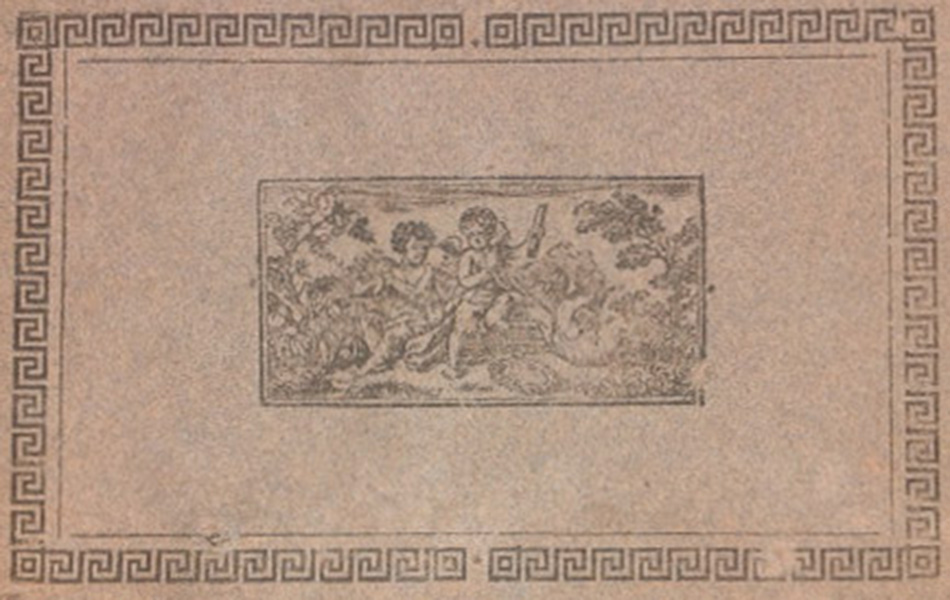
When thinking about useful skills in this world to be handed down from generations past, immediately my mind turned to wine. Being someone who enjoys wine, and the culture of food and gathering around a table with friends and family, one of my pet peeves has always been opening a bottle of wine (perhaps one which was being saved for just the right occasion) only to discover that it has gone “off”. This problem is what oenologists would refer to as a wine fault.
In this day and age, one has two options when presented with a wine that has gone bad: Drink it and pretend you didn’t notice and hope no one else does, or you can pour it down the drain. Neither is really an agreeable option, particularly if you’re on a budget. So, this Historical How To, is taken from an 1820s text entitled “The tavern-keeper or publicans directory, and family assistant : containing receipts for the managing, colouring, and flavouring of foreign wines and spirits, and for making and managing British wines and compounds: with directions for making yeast &c.”. In this handy almost pocket-sized book, under the heading of “British Wines”, there is a section entitled “To Improve Vitiated Wines”. For those of you who are like me and are unclear about the precise meaning of vitiate, according to one online dictionary it means:
1. To reduce the value or impair the quality of.
2. To corrupt morally; debase.
3. To make ineffective; invalidate. See Synonyms at corrupt.
…a terrible fate for any wine!
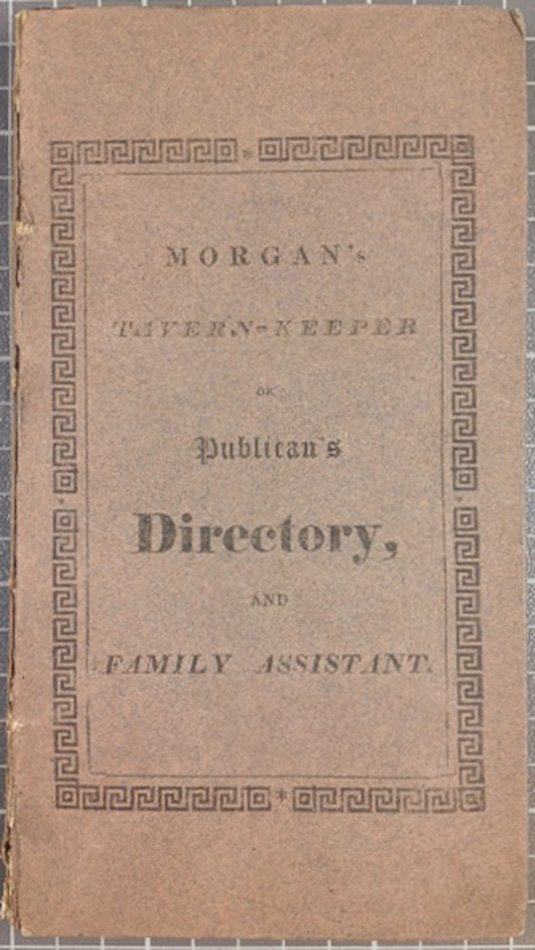
And so began my journey to make bad wine quaffable. As I didn’t have any wine on hand which I knew was off, I grabbed some wine I knew I didn’t like to see if it could indeed be improved upon.
According to this 1820s guide the steps required to improve vitiated wine are brief, and are encompassed in little over one page. The ingredients required to restore one’s plonk to glory include:
A pint of clarified honey
A pint of water in which “raisins of the sun” have been well steeped
Three gills of wine (One Imperial gill = 142ml or a little over half a cup)
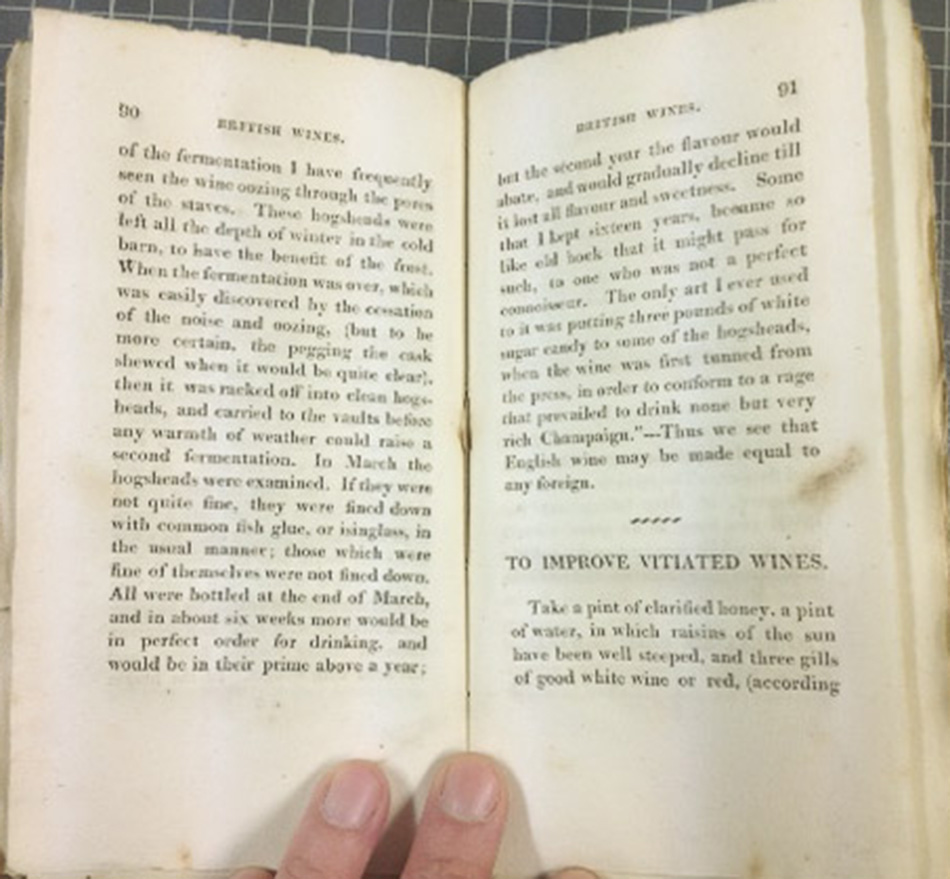
With the above ingredients brought together in a pot, you boil them until the liquid has been reduced by a third. At this point you are intended to place this hot liquid directly into an unspecified amount of foul wine. I assumed that this would have been poured into a barrel of wine as the text makes reference to letting the wine stand “bung out”. Following this addition you will need the following three ingredients: a little mace, nutmeg and cloves.
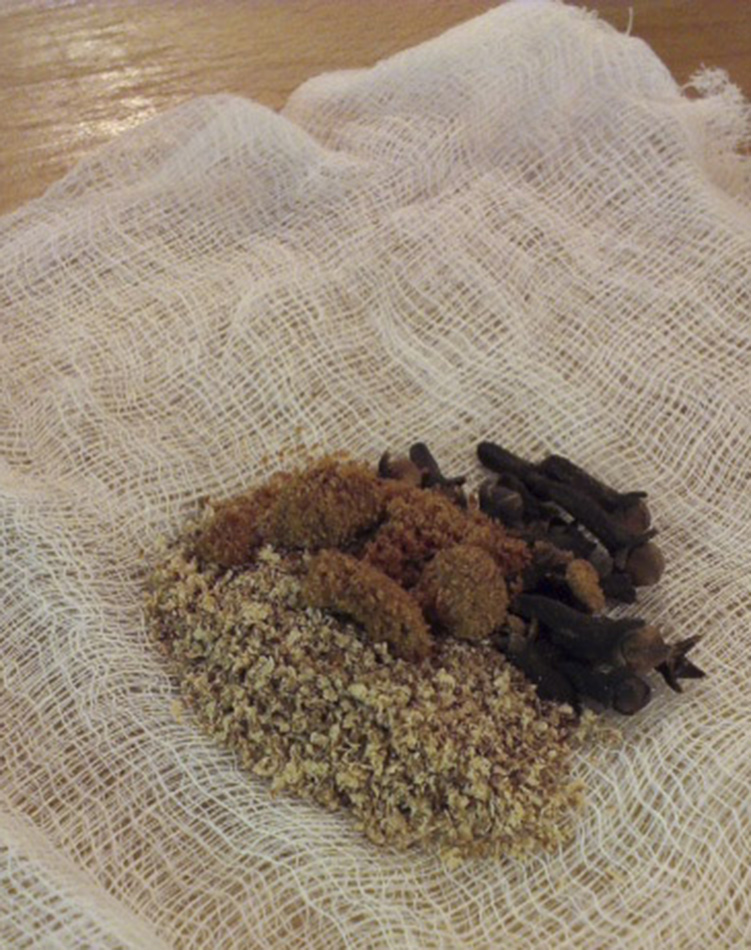
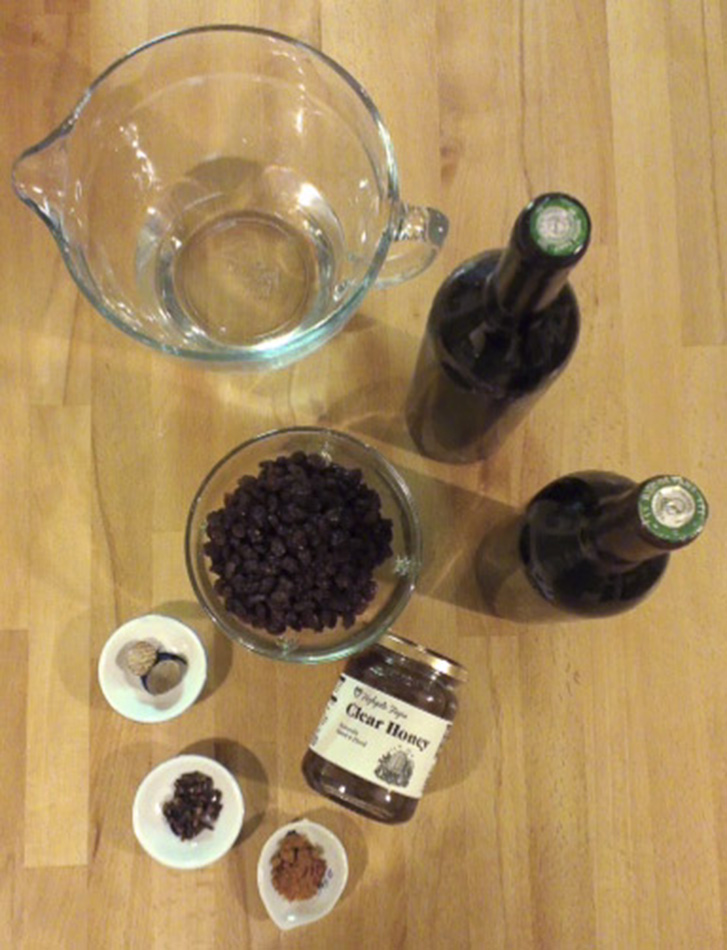
You’ll note a lack of specific quantities indicated for these ingredients. I expect there was a degree of experiential knowledge (or personal taste) involved in judging the appropriate dosage of spice. As I wasn’t, nor will ever likely be, in possession of an entire barrel of wine, I opted to use only small amounts of spice in this historic wine cure. In total, five litres (seven bottles) of wine were going to be treated and so I used my past experience mulling wine to guesstimate appropriate amounts. My reasoning was that this was not in fact meant to greatly flavour or spice the wine, but rather mask any odd flavours and aromas, and so I erred on the side of not overdoing it…. even if it is the season for mulled wine!
I did employ a degree of oenological artistic license in the execution of this cure for the very simple reason that I didn’t have a barrel or large enough pot in which to safely transport the wine. So, to ensure ease of transport, instead of steeping the spices with all the wine, I only steeped them in the reduction. This made it possible to share my concoction with everyone at our departmental Christmas party last weekend (see part I). Once at the party I added the remaining six bottles of wine in a large pot and stirred. It was time to sample…!
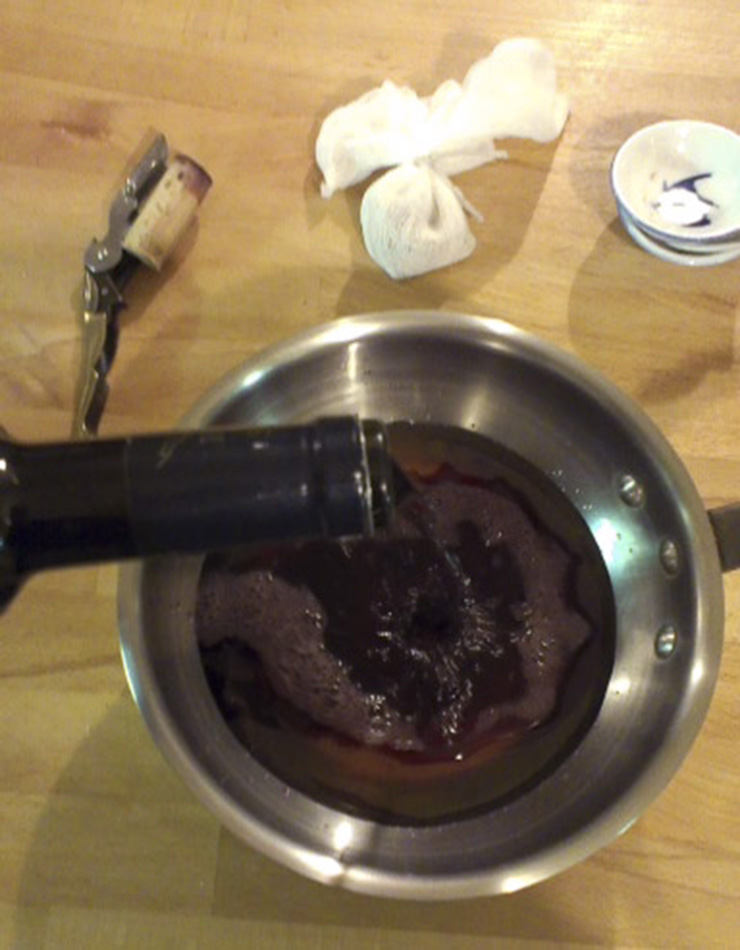
My plonk was turned into a mildly spicy, fruity, slightly savoury and quite pleasant bevy. As the wine I used for this experiment wasn’t technically off, just not to my taste, I began to think about how the cure would have worked on actual “vitiated” wine. In my mind there are three factors that this cure would contribute to improving spoiled wine:
If the wine was becoming oxidised and developing a vinegar taint the addition of honey would certainly help counter balance the increased acidity. Having excess acid or sweetness in a wine can cause it to be sharp or cloying, but if balanced properly very pleasant. So the honey if judged properly could bring harmony back into an overly acidic wine.
If a wine is corked, or musty it will often lose its fruity aroma. The reduction of the three gills of wine, as well as the water in which raisins of the sun have been steeped, produced a concentrate which had a very jammy and cooked fruit quality. Diluting this into a larger quantity of wine would likely help counter act some of the aroma stripping effects of cork taint.
As there are all manner of strange things that can adversely transform, infect or taint a wine, the element of the spices provides a final defence for a distinguishing palate. In this experiment the spices added a mild savoury peppery flavour, which was not unpleasant, and not as pronounced as it would be in mulled wine. This allowed the drinkers to appreciate the fruit flavours in the wine instead of masking them, while providing a little something else to focus on if there was need.
At the end of the evening, all the wine was gone.
Mission accomplished!
-MB
Dear Ladies and Gentlemen of the Special Collections. I have absolutely LOVED all your posts this year. it has been a continuing treat every time one pings into my mail box, i have discovered your enthusiasms and treasures, encountered giants and monsters, learned about eccentric works from strange authors, fabulous natural history, and all human life, i just wanted to thank you .. and say how much this is appreciated, and wish you all the best to come. Kind Regards Louise
Dear Louise, Thank you so much for your kind words! We're so glad that our blog has such a wide and deep reach with so many diverse readers and so happy that you've enjoyed the eclectic mix of posts this year. All the best to you in 2014!